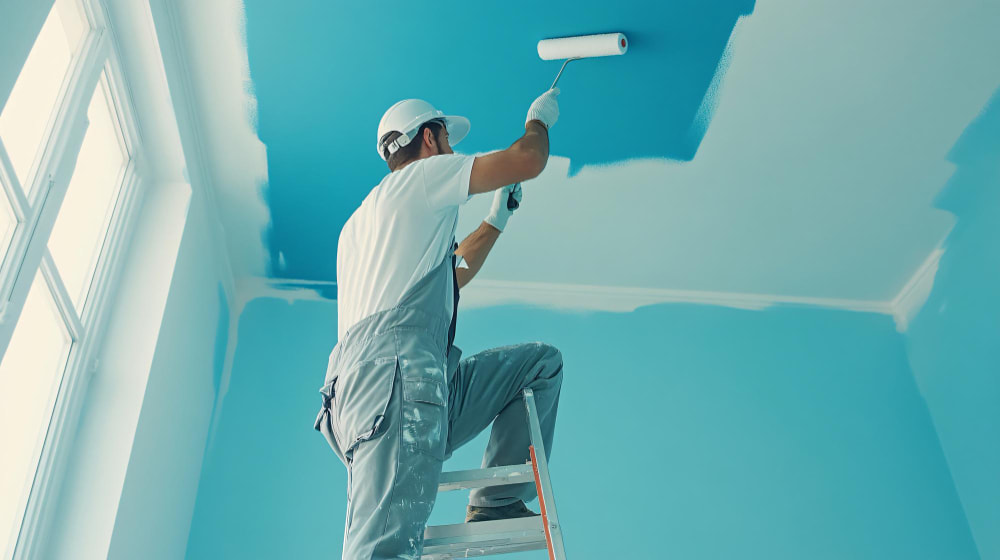
How to Choose the Perfect White for Your Interior
Choosing the perfect white paint by painters adelaide for your interior might seem like an easy task, but when you’re faced with countless shades of white, the decision can become surprisingly complicated. From cool whites to warm whites, each variation can create a different mood and transform the look and feel of your space. Whether you’re repainting a small Adelaide apartment or giving a fresh look to a period home, selecting the right white can be the key to achieving a harmonious, stylish interior. Here’s how to choose the perfect white for your home.
1. Understand the Undertones
Not all whites are created equal. What might look like a pure white in the can can actually have undertones that influence how it looks on your walls. These undertones are the subtle hints of colour—like blue, yellow, pink, or grey—that can alter the white’s appearance based on lighting and the surrounding décor.
Warm Whites: Whites with yellow, red, or beige undertones create a cosy, welcoming atmosphere. They tend to work well in rooms where you want to feel comfortable and relaxed, such as living rooms and bedrooms. Warm whites pair beautifully with wooden furniture, natural textures, and traditional or rustic interiors.
Cool Whites: Whites with blue, grey, or green undertones offer a crisp, clean look, making them perfect for modern, minimalist, or contemporary spaces. Cool whites work best in rooms with plenty of natural light, as they can sometimes feel stark in darker spaces. They’re ideal for kitchens, bathrooms, or areas where you want a fresh, open feel.
Understanding the undertones is critical in ensuring that your chosen white complements your existing furniture, flooring, and the overall mood you’re trying to create.
2. Consider Your Lighting
Lighting plays a significant role in how white paint looks on your walls. Natural light changes throughout the day, and artificial lighting can alter the appearance of colours at night. In Adelaide, where sunlight can be intense, it’s essential to consider how light will interact with the white you choose.
Natural Light: Rooms with plenty of natural sunlight will intensify the undertones of white paint. In north-facing rooms, which receive the most sunlight, cool whites can help balance the brightness, creating a clean and refreshing feel. In south-facing rooms with less light, warm whites can make the space feel more inviting and less cold.
Artificial Light: The type of artificial lighting in your home will also affect how white paint looks. Warm light bulbs can enhance the warmth of a white with yellow undertones, while cool LED lights can bring out blue or grey undertones. Make sure to test your chosen white paint in different lighting conditions to see how it changes throughout the day.
3. Match the White to Your Space
Different whites serve different purposes in different spaces. The size, purpose, and style of a room should all be considered when choosing a white.
Small Rooms: For small spaces, a bright, cool white can make the room feel more expansive and airy. Whites with blue or grey undertones reflect more light, helping to open up the space. For example, in a small Adelaide apartment, a cool white can maximise the sense of space and create a modern, sleek look.
Large Rooms: In larger spaces, you have more freedom to play with warmer whites. A creamy or soft white can add warmth and depth to a big room, making it feel cosier and more inviting without overwhelming the space.
Purpose of the Room: Consider the function of the room when selecting your white. Kitchens and bathrooms often look best with cool whites that feel clean and hygienic, while bedrooms and living rooms can benefit from warmer whites that promote relaxation.
4. Test the Paint
Before committing to a particular white, always test it out in the room you plan to paint. Apply large swatches of the colour on different walls, as the direction of light and shadows will affect how the colour looks. Watch how the white changes throughout the day under both natural and artificial light, and check that it works well with your furniture, floors, and décor.
It’s also a good idea to test multiple shades of white in the same space. What looks perfect in the shop might feel too stark or too warm once applied to your walls.
Conclusion
Choosing the perfect white for your interior is all about balancing undertones, lighting, and the specific characteristics of your space. By understanding how different whites interact with your home’s natural and artificial light, and by considering the overall mood you want to create, you can select the right white that enhances the beauty and style of your home. In Adelaide’s bright, sun-filled environment, the right white can make a world of difference, helping you create a space that’s not only visually stunning but also feels just right.

